“The future of mobility hinges on trust and transparency.” – Industry Expert
In recent months, a series of accidents involving smart driving technologies have sparked widespread public concern about the safety of automated vehicles. To address these issues, China’s Ministry of Industry and Information Technology (MIIT) held a critical meeting on April 16, 2025, focusing on stricter regulations for smart-connected vehicles. These rules aim to curb misleading marketing practices, improve safety standards, and ensure responsible deployment of technologies like Over-the-Air (OTA) updates.
This article breaks down the key changes introduced by MIIT, their impact on automakers, and how these measures prioritize consumer safety while balancing technological innovation.
1. New Regulations: What Do They Entail?
1.1 Banning Misleading Terminology
MIIT has prohibited automakers from using terms like “autonomous driving,” “self-driving,” or “AI-powered driving” in marketing materials unless the vehicle meets strict technical criteria. Instead, companies must clearly label systems based on their automation levels. For example, Level 2 (L2) systems should be described as “L2 Driving Assistance” to avoid confusion.
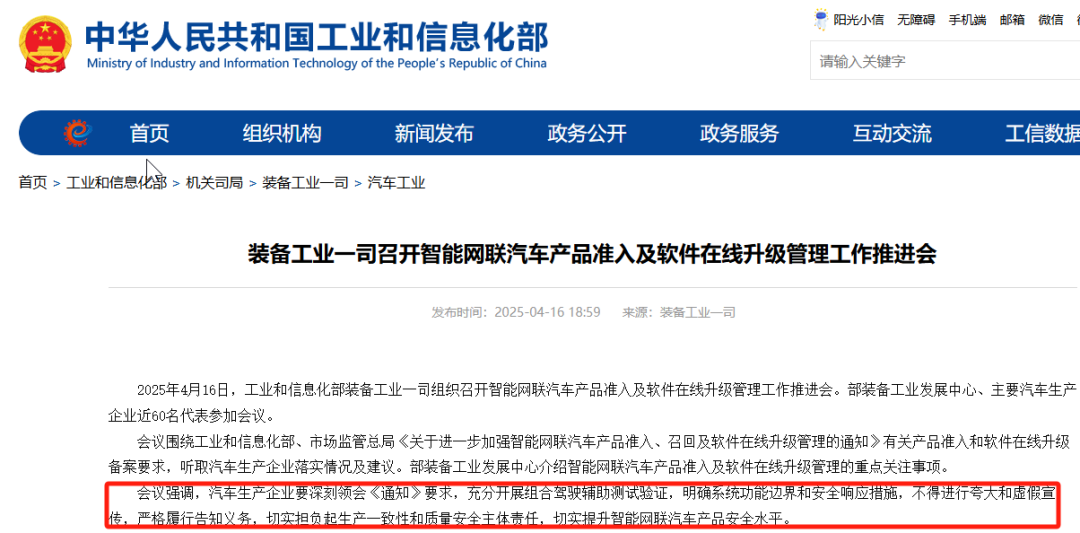
1.2 Strengthening Safety Protocols
Automakers are now required to:
- Conduct comprehensive testing of driving assistance systems to define their operational limits (e.g., speed, weather conditions).
- Implement safety measures, such as emergency braking and driver monitoring, to reduce risks during system failures.
- Use facial recognition or cabin cameras to ensure drivers remain attentive and ready to take control.
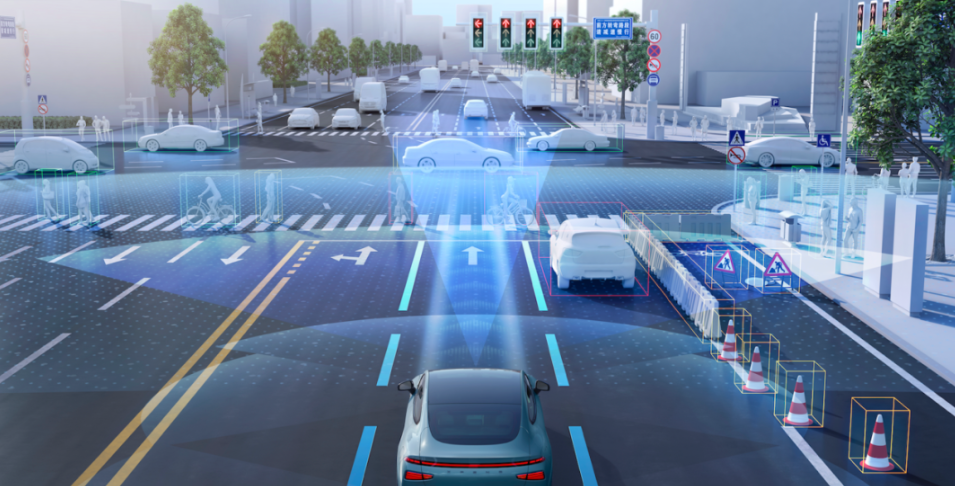
1.3 Restrictions on OTA Updates
Frequent OTA updates, often used to fix software bugs or add features, will face tighter scrutiny:
- Updates affecting core functions (e.g., braking, steering) must undergo rigorous testing and government approval.
- Companies cannot use “public beta testing” to push unverified updates to consumers.
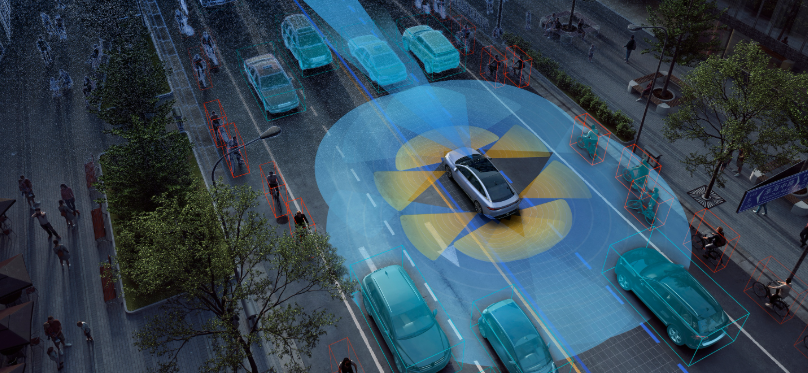
2. Why Are These Rules Necessary?
2.1 Rising Safety Incidents
In March 2025, a high-profile accident involving a Xiaomi SU7 electric car on a highway—resulting in three fatalities—highlighted gaps in driver understanding of smart systems. Investigations revealed that some automakers had exaggerated their vehicles’ capabilities, leading users to overtrust the technology.
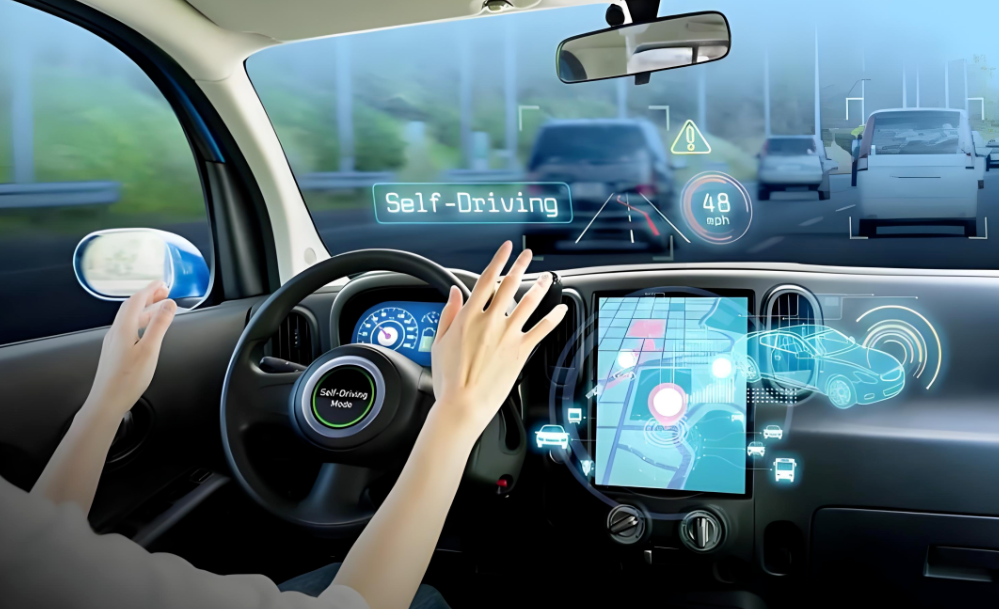
2.2 Blurred Lines Between Assistance and Autonomy
Many automakers marketed Level 2 systems (which require constant driver supervision) as “near-autonomous,” using terms like “L2.9” or “zero intervention.” This created a false perception that cars could drive themselves, increasing the risk of accidents.
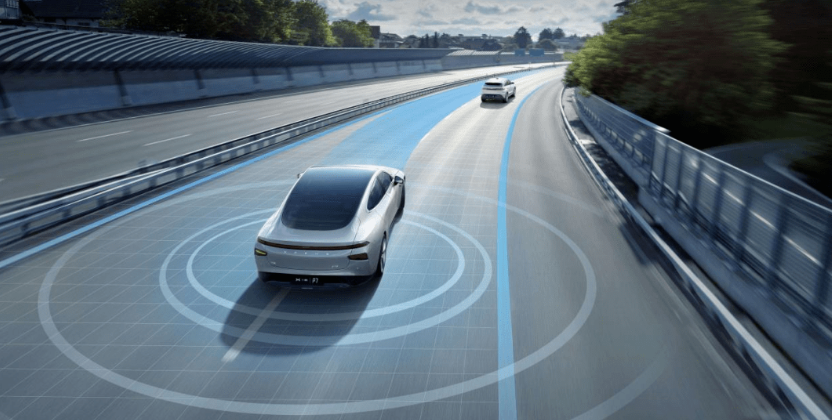
2.3 Global Trends in Regulation
China’s move aligns with global efforts to standardize smart driving. For instance, the U.S. National Highway Traffic Safety Administration (NHTSA) has also introduced stricter reporting requirements for automated systems.
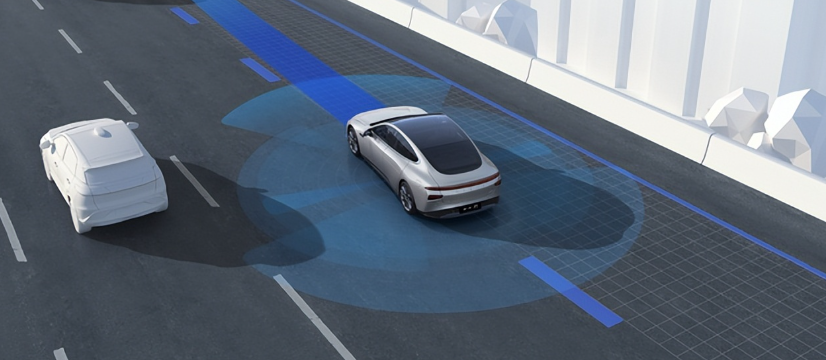
3. Impact on Automakers and Industry
3.1 Marketing Overhauls
Automakers are revising promotional materials ahead of the 2025 Shanghai Auto Show:
- Terms like “Smart Driving Edition” are being replaced with “Driving Assistance Edition.”
- Features such as “Remote Parking” and “One-Click Summon” have been rebranded to emphasize human oversight.
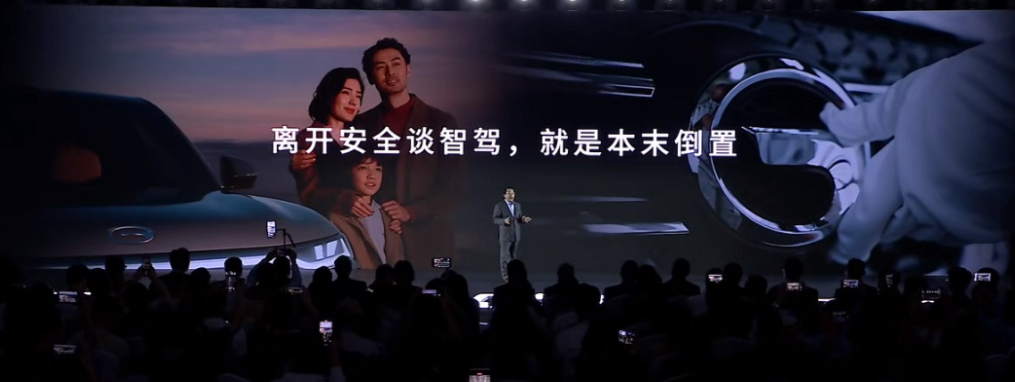
3.2 Technical Adjustments
- Companies like Huawei and Li Auto are updating their driver-monitoring systems to comply with facial recognition requirements.
- OTA schedules are being delayed to allow thorough testing, especially for advanced features.
3.3 Shift in Competitive Focus
With stricter rules, automakers must now prioritize safety over flashy tech demonstrations. For example:
- BYD and Geely are investing in simulation labs to test edge cases (e.g., sudden weather changes).
- NIO and Xpeng are enhancing user education programs to clarify system limitations.

4. Consumer Benefits: Safety First
4.1 Clearer Communication
New guidelines require automakers to:
- Disclose system limitations in user manuals (e.g., “Cannot detect stationary objects in heavy rain”).
- Add disclaimers in demo videos, such as “Tested under controlled conditions”.
4.2 Reduced Misuse Risks
By banning terms like “hands-free” and enforcing driver monitoring, MIIT aims to prevent reckless behaviors (e.g., sleeping while using driving assistance).
4.3 Accountability in Accidents
Automakers must report accidents involving driving assistance systems within 48 hours. Severe cases (e.g., fatalities) require reporting within 24 hours, ensuring faster investigations.
5. Challenges and Future Outlook
5.1 Compliance Costs
Smaller automakers may struggle with the costs of upgrading systems and retesting vehicles. Industry analysts estimate a 15–20% increase in R&D expenses for companies lacking in-house testing facilities.
5.2 Global Competitiveness
While stricter rules enhance safety, they could slow down China’s pace in the global autonomous driving race. However, experts argue that building consumer trust will pay off long-term.
5.3 Next Steps for the Industry
- Standardized Testing: MIIT plans to roll out nationwide test scenarios for L3/L4 systems by late 2025.
- Collaboration with Tech Firms: Partnerships with companies like Huawei and Baidu aim to improve sensor accuracy and AI decision-making.
Conclusion
China’s new smart driving regulations mark a pivotal shift from unchecked innovation to responsible development. By clamping down on exaggerated claims and prioritizing safety, MIIT is reshaping an industry once obsessed with “tech one-upmanship.” For consumers, these changes mean safer roads and clearer expectations. For automakers, adapting to this new era will require balancing ambition with accountability—a challenge that could define the future of mobility worldwide.
